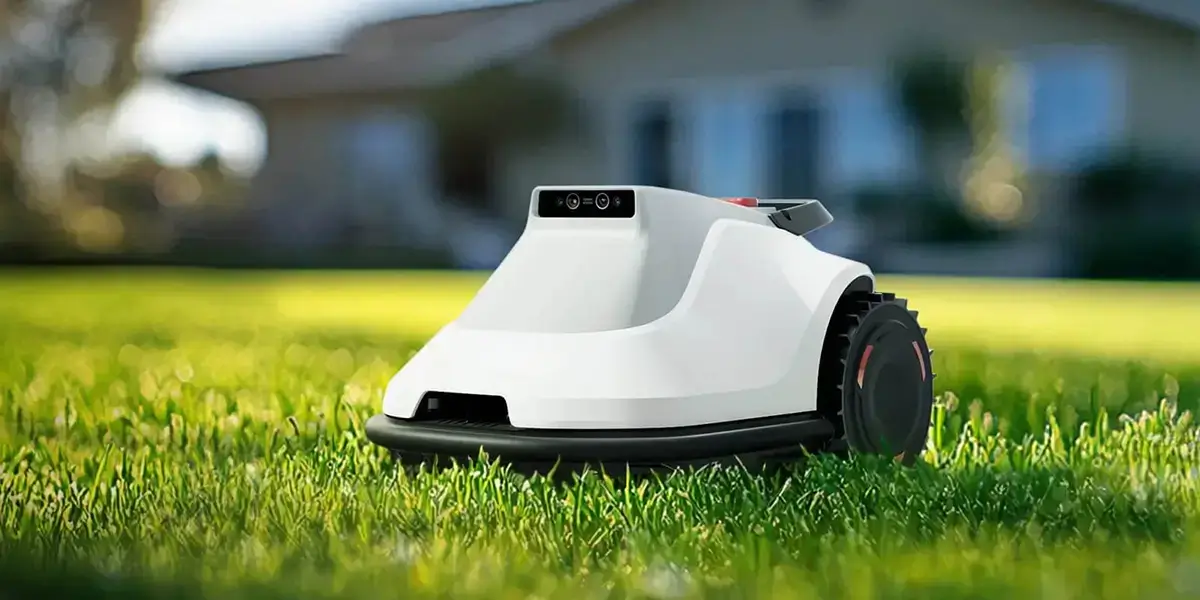Introduction: The Power Behind Precision
In the bustling world of machinery and automation, gear motors are the unsung heroes that blend power, control, and efficiency. Whether powering conveyor belts, robotics, industrial equipment, or small appliances, the right gear motor can dramatically influence performance, reliability, and operational costs. But with countless options available, how do you select the ideal gear motor tailored to your specific needs?

This guide offers a deep dive into the essentials of gear motor selection — from understanding the core components to evaluating application requirements, and finally, making smart choices that propel your projects forward. Let’s start by exploring what exactly a gear motor is and why it’s so vital.
Understanding Gear Motors: The Basics
A gear motor combines an electric motor with a gear reducer (gearbox). The motor provides the rotational power, while the gearbox modifies the output speed and torque to match the application's demands. This integration yields a compact, efficient, and versatile power unit.
Key parts include:
Motor: Acts as the energy source, typically an electric motor (AC or DC). Gear Reducer: An assembly of gears (spur, helical, planetary, etc.) that modify the motor's speed and torque. Output Shaft: Delivers the power to the load.
Selecting the proper gear motor isn’t just about matching voltage and size; it’s about understanding how all these components work together in your specific environment.
Step 1: Define Your Application Requirements
Before diving into specifications, clarify what your application demands. Consider:
Load Characteristics: What is the weight or force your gear motor needs to handle? Is it static or dynamic? Desired Speed: What is the ideal rotational speed at the output? Will it be constant or variable? Torque Needs: How much turning force is necessary? Torque often determines the size and power of your motor. Duty Cycle: Will the motor run continuously or intermittently? This influences the motor's durability and cooling needs. Precision and Positioning: Does your application require precise control or positioning? Certain gearboxes offer better accuracy. Environmental Conditions: Will the motor be exposed to dust, moisture, chemicals, or extreme temperatures? Your environment affects materials and sealing requirements.
By mapping out these parameters with clarity, you create a solid foundation for your selection process.
Step 2: Choosing the Right Motor Type
The two main categories are:
AC Gear Motors: Usually simpler, reliable, and suitable for high-power applications where power supply is stable. Ideal for fixed-speed operations. DC Gear Motors: Offer fine speed control, easier to operate with variable speeds, and are suitable for applications needing precise positioning or variable operation.
Within these categories, you'll find subtypes like brushed or brushless DC motors, each with distinct advantages related to control complexity, efficiency, and maintenance.
Step 3: Understanding Gear Ratios and Their Impact
The gear ratio is the relationship between the input (motor) speed and the output speed. For instance, a 10:1 gear ratio means the output shaft turns at one-tenth the motor speed but provides ten times the torque.
Deciding on the gear ratio is pivotal:
A high gear ratio increases torque but reduces speed. A low gear ratio preserves higher speeds but with lower torque.
Your application's operational needs should guide this choice. For example, a conveyor belt might need moderate torque at slow speeds, requiring a high gear ratio, whereas a pizza cutter needs high speed at low torque.
Step 4: Calculating Torque and Power Requirements
Torque and power are intertwined. To select a suitable gear motor, you need to ensure it can deliver the required torque without overheating or failing prematurely.
Calculate the load torque: This involves analyzing the load’s weight, friction, and any acceleration involved. Determine the power requirement: Power (W) = Torque (Nm) × Angular velocity (rad/sec).
For example, if your load demands 5 Nm torque at a rotational speed of 60 rpm, convert rpm to rad/sec:
Speed in rad/sec = (60 × 2π) / 60 = 2π rad/sec ≈ 6.28 rad/sec.
Power = 5 Nm × 6.28 rad/sec ≈ 31.4 Watts.
Your gear motor should comfortably handle this power and torque, with extra capacity for safety and longevity.
Step 5: Efficiency and Energy Savings
Choosing an efficient gear motor reduces energy consumption and operational costs. Look for motors with high efficiency ratings—often above 90%. The type of gearbox impacts this as well; planetary gearboxes tend to be more efficient and compact.
Step 6: Size, Mounting, and Compatibility
The physical dimensions and mounting configurations are vital:
Ensure the motor physically fits within your design constraints. Compatibility with existing mounting points or bespoke custom brackets. Shaft size and type (keyed, D-shaft, etc.) should align with your coupling design.
Step 7: Considering Control Methods
Do you need simple on/off operation, or precise control over speed and position? This influences the type of motor controller or drive:
Variable Frequency Drives (VFDs): For AC motors. Motor Drivers or PWM Controllers: For DC motors.
Advanced control options, like encoders or sensors, help with feedback for precise movement.
Step 8: Reliability and Maintenance
Select gear motors with reputable brands and quality components to ensure durability:
Consider lubricants, seals, and the material quality of gears. Maintenance requirements vary; some gearboxes are sealed for life, while others require periodic lubrication.
Summary of First Part
Choosing a gear motor involves a blend of technical understanding and pragmatic assessment. Define what your application needs in terms of load, speed, torque, environment, and control. Then, select the right motor type, gear ratio, and ancillary components. By taking these foundational steps, you'll be well on your way to selecting a gear motor that not only meets your needs but also enhances your system’s efficiency, reliability, and performance.
Stay tuned for Part 2, where we’ll explore real-world examples, detailed selection charts, troubleshooting tips, and advanced considerations to perfect your gear motor choice.
Kpower has delivered professional drive system solutions to over 500 enterprise clients globally with products covering various fields such as Smart Home Systems, Automatic Electronics, Robotics, Precision Agriculture, Drones, and Industrial Automation.




































